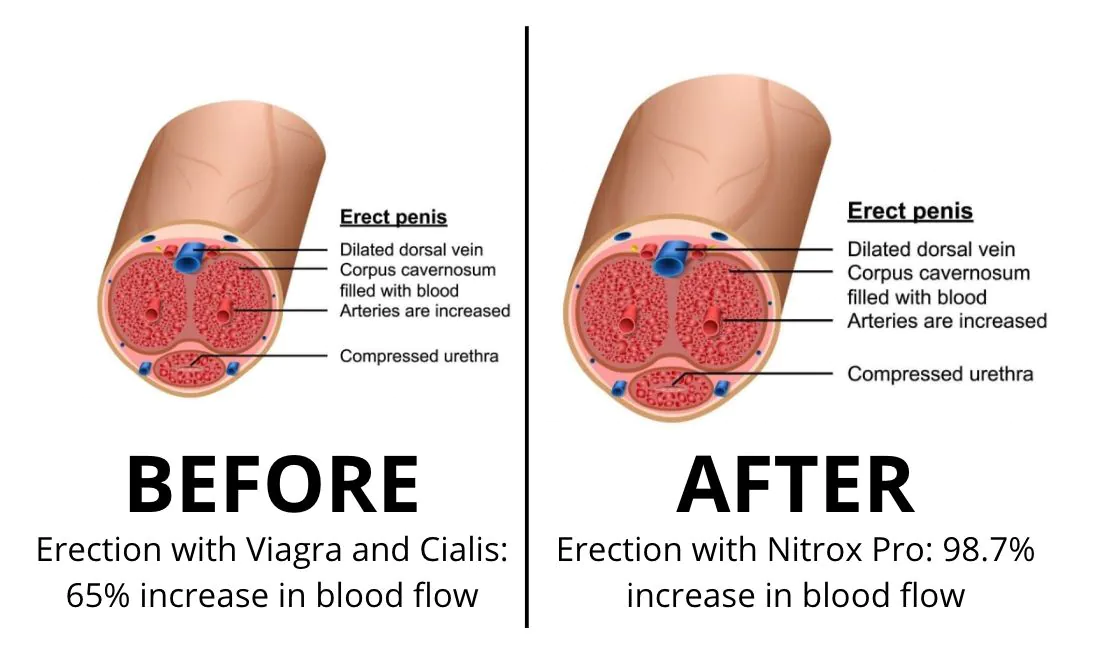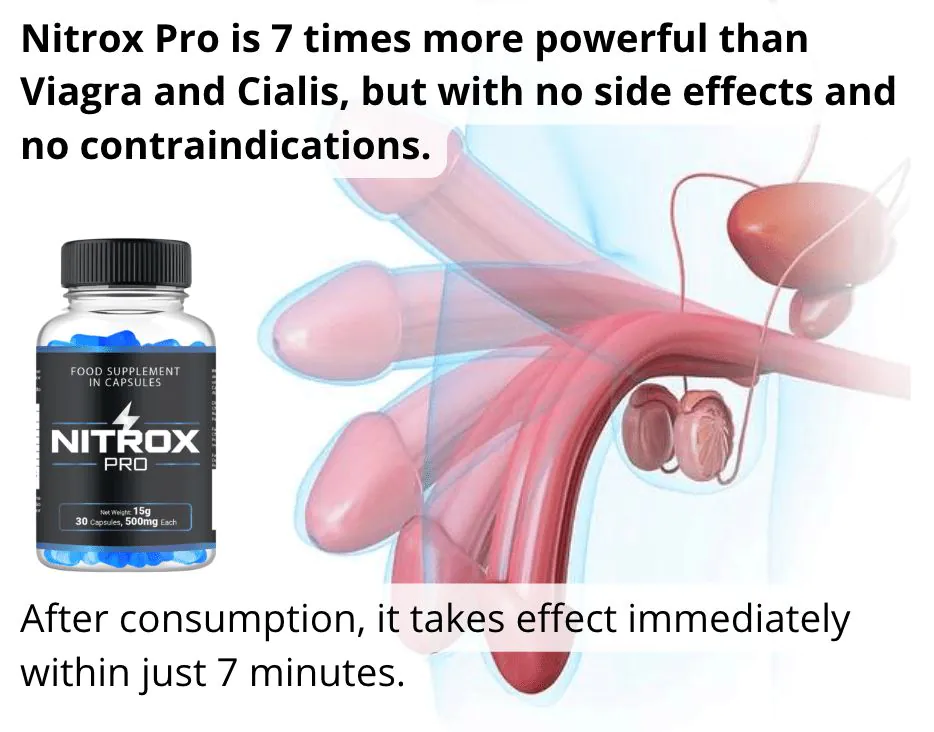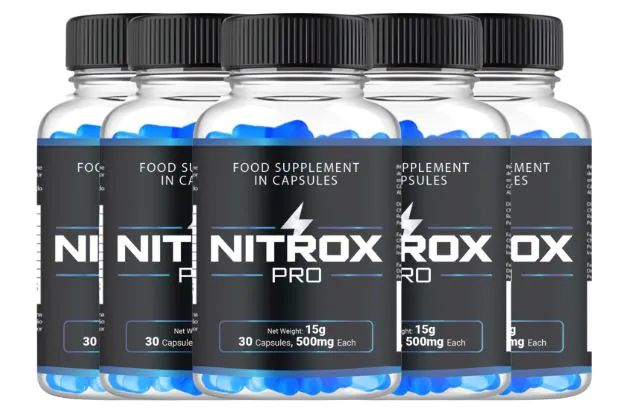Iron Pump therapy represents a promising alternative to traditional iron medications, providing fast and effective iron delivery without the common gastrointestinal side effects associated with oral supplements. It is especially beneficial for patients with chronic conditions, pregnant women, and athletes, but should be considered under medical supervision to ensure safety and efficacy.
Can Iron Pump replace traditional medications? This question has gained traction in medical discussions. As patients seek alternative treatments, innovations like the Iron Pump are at the forefront. These devices promise to revolutionize how we look at medication administration and health management. In this article, we will delve into the science of Iron Pump therapy, evaluate how it compares to traditional medications, and explore the potential benefits it offers.
Understanding Iron Pump Therapy

Understanding Iron Pump Therapy is vital for anyone considering this treatment option. Iron Pump therapy delivers essential iron directly to the bloodstream, offering a fast and efficient way to address iron deficiencies. Unlike traditional oral iron supplements, which may take days or weeks to show effects, Iron Pump works more swiftly, helping patients feel better sooner.
How Does Iron Pump Work?
The Iron Pump functions by administering iron through a small device that connects to the body. This method bypasses the digestive system, reducing gastrointestinal side effects often associated with oral iron supplements. The therapy is usually managed by healthcare professionals who determine the right dosage based on individual patient needs.
Who Can Benefit from Iron Pump Therapy?
This therapy can be especially beneficial for people with chronic conditions such as anemia, pregnant women, and those undergoing certain medical treatments like chemotherapy. It can also aid athletes and individuals with high physical demands, ensuring they maintain adequate iron levels to support their performance.
Safety and Side Effects
Iron Pump therapy is generally considered safe when administered by qualified professionals. However, like all medical treatments, it can have side effects. Patients might experience symptoms like mild discomfort at the injection site or allergic reactions in rare cases. Monitoring by healthcare providers is crucial to address these risks promptly.
Research and Efficacy
Research indicates that Iron Pump therapy has shown positive results in improving iron levels quickly and effectively. Many studies support its use as a viable alternative to traditional iron supplementation, especially for individuals who struggle with standard oral medications.
Comparing Iron Pump to Traditional Medications

Comparing Iron Pump to traditional medications reveals key differences in administration, effectiveness, and patient experience. Iron Pump therapy allows for direct delivery of iron, ensuring that the body receives the necessary amounts without going through the digestive system. This method reduces the risk of gastrointestinal issues common with oral medications.
Administration Differences
With traditional oral iron supplements, patients often have to take multiple pills daily. These can be inconvenient and hard to remember. In contrast, Iron Pump therapy is typically administered under a healthcare provider’s supervision, often in fewer sessions, allowing for better compliance and less stress on patients.
Effectiveness and Speed
Iron Pump therapy has been shown to act much quicker than oral alternatives. Patients typically report improvements in their iron levels within days, while traditional medications can take weeks to show similar results. This rapid action is particularly beneficial for those needing immediate relief from symptoms caused by iron deficiency.
Patient Experience
Many patients find iron injections easier to integrate into their routine versus taking multiple pills. Additionally, the side effects associated with oral supplements, such as constipation and upset stomach, are not present with Iron Pump therapy, providing a more comfortable experience overall.
Cost Considerations
While Iron Pump therapy can appear more expensive upfront due to the need for healthcare services, it often results in fewer follow-up appointments and tests over time. Patients should evaluate their individual healthcare needs and insurance coverage to determine the most cost-effective option.
In Summary: Iron Pump Versus Traditional Medications
As we explore whether Iron Pump can replace traditional medications, several factors come into play. Iron Pump therapy offers unique advantages, such as rapid effectiveness and ease of use, particularly for those struggling with oral iron supplements.
While both options have their place in treatment, Iron Pump therapy presents a viable alternative that many patients may find beneficial. It’s crucial to consult healthcare providers to understand individual needs and make informed decisions.
Ultimately, ongoing research and patient feedback will continue to shape the future of iron therapy options, helping individuals make the best choices for their health.
FAQ – Frequently Asked Questions about Iron Pump Therapy
What is Iron Pump therapy?
Iron Pump therapy is a method that delivers iron directly into the bloodstream, offering a quick and efficient solution for iron deficiencies.
How does Iron Pump therapy compare to traditional medications?
Unlike traditional supplements that take time to show effects, Iron Pump therapy acts quickly and is less likely to cause gastrointestinal side effects.
Who can benefit from Iron Pump therapy?
Individuals with chronic conditions, pregnant women, athletes, and those undergoing treatments like chemotherapy may find Iron Pump therapy particularly beneficial.
Are there any side effects associated with Iron Pump therapy?
While generally safe, some patients may experience mild discomfort at the injection site or rare allergic reactions, necessitating monitoring by healthcare providers.
Is Iron Pump therapy more expensive than traditional iron supplements?
While the upfront cost may be higher due to medical administration, it can potentially reduce the need for follow-ups and other treatments, offering long-term cost savings.
How can patients decide between Iron Pump therapy and traditional medications?
Consulting with healthcare providers is essential to evaluate individual health needs and make an informed choice about the most suitable treatment option.












